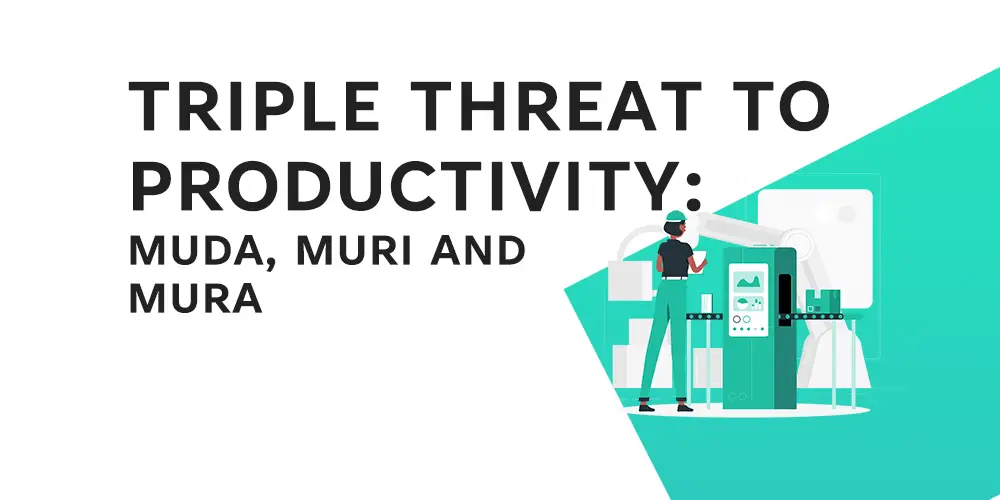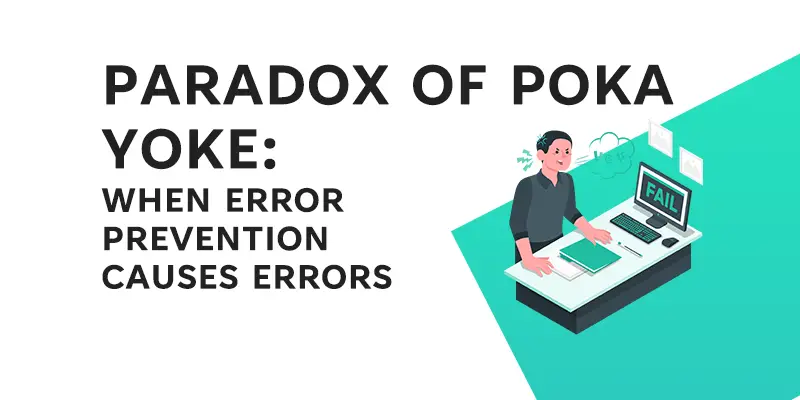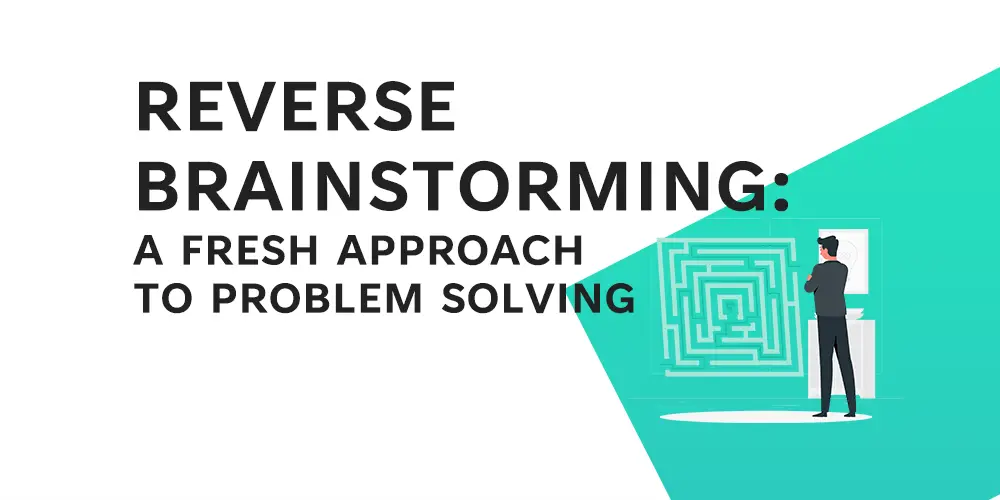Optimizing productivity has become essential in today’s fiercely competitive business environment, where businesses constantly strive for success and sustainability. For an organization to succeed, it is essential that it can operate effectively, maximize output, and reduce waste. Muda, Muri, and Mura are three typical barriers that frequently prevent productivity.
These three foes of efficiency will be thoroughly examined in this in-depth blog post, along with their significant effects on organizational productivity. We will identify useful tactics to successfully overcome these challenges by thoroughly comprehending their implications.
Organizations can improve their productivity levels and find long-term success in the competitive business environment by implementing targeted approaches and best practices that help eliminate waste, relieve overburden, and reduce variation.
Table of Contents
Understanding Muda
Muda, which is frequently translated as “waste,” refers to a variety of non-value-added activities that reduce productivity and use resources without improving the end result. Recognizing Muda’s various forms is a prerequisite to combating it.
These include defects (errors and rework), overprocessing (adding unnecessary steps), inventory (excess stock), waiting (idle time in processes), transportation (unnecessary movement of materials or information), overproduction (producing more than is necessary), and motion (unnecessary movement by employees).
Organizations can significantly increase their efficiency, lower costs, and boost customer satisfaction by identifying and removing Muda.
Unveiling Muri
Muri is the Japanese term for an excessive amount of workload placed on people, systems, or processes. It results from poor resource management, exaggerated hopes, and bad planning. Muri can have very negative effects, such as raising stress levels, lowering employee morale, increasing error rates, and lowering overall quality.
Organizations must comprehend Muri’s underlying causes and put relief measures in place in order to combat it. This may entail effective time management, goal-setting that is realistic, the allocation of sufficient resources, cross-training, and the promotion of a positive work environment.
Organizations can increase employee well-being, boost workplace morale, and boost overall productivity by addressing Muri.
Demystifying Mura
Mura, which disrupts efficient operations, is a Japanese term for variation or inconsistent workflow. It frequently results from insufficient planning, bad resource management, and lack of flexibility. Mura may result in asymmetrical workloads, ineffective procedures, longer lead times, and ultimately dissatisfied clients.
Organizations must concentrate on standardization, flexibility, and efficient resource allocation to combat Mura. Organizations can improve workflow consistency and predictability by implementing standardized processes. This makes it possible to plan better, allocate resources more effectively, and react to changes quickly.
Organizations can respond to changes in demand, eliminate bottlenecks, and maximize resource use by embracing flexibility. Organizations can achieve more efficient operations, better customer experiences, and increased productivity by reducing Mura.
Strategies to Combat the Triple Threat
Organizations can use a variety of strategies to successfully combat the triple threat of Muda, Muri, and Mura. They should start by performing a thorough analysis to identify and classify the various waste types present in their processes. Organizations can encourage employee engagement and give people at all levels the tools they need to participate in waste reduction initiatives by fostering a culture of continuous improvement.
Tackling Muda
Process simplification methods like value stream mapping, visual management, and lean principles can help remove Muda and improve the flow of work. Further reducing waste and raising productivity can be achieved by implementing just-in-time strategies, reducing inventory, and reducing lead times.
Tackling Muri
Organizations must concentrate on workload management and efficient resource allocation when addressing Muri. This may entail reviewing workloads, making sure expectations are reasonable, allocating tasks fairly, cross-training staff, and establishing effective communication channels. Organizations can lower stress levels, boost employee morale, and increase productivity by encouraging a balanced workload and offering the necessary support.
Tacking Mura
To combat Mura, organizations should strive for standardization and flexibility. Employees can work consistently and get rid of pointless variations by standardizing processes and creating clear work instructions. This encourages effectiveness, lowers errors, and makes it possible for better resource allocation. To adapt to changes in demand, customer demands, or market conditions, it is essential to embrace flexibility and agile practices. Organizations can respond quickly and effectively when standardization and flexibility are balanced, which boosts customer satisfaction and overall productivity.
Conclusion
Although Muda, Muri, and Mura are formidable barriers to productivity, they can be overcome with the right mindset and tactics. Organizations can improve their operational efficiency, optimize resource utilization, and ultimately boost their bottom line by identifying and eliminating waste, managing workloads well, and reducing variation. The key to overcoming this triple threat and securing a more productive future is embracing a culture of continuous improvement, empowering employees, and adapting to shifting demands.








